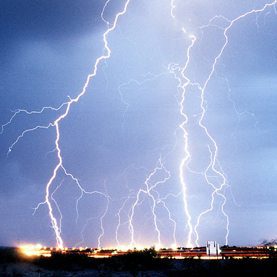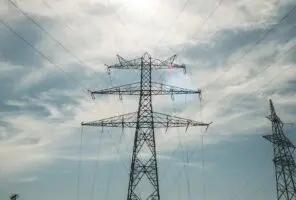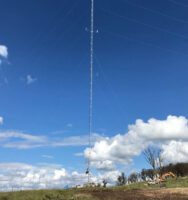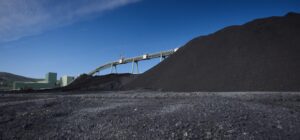Inland tsunamis in NSW, new extreme heat records in Western Australia, cricket ball-sized hail-stones in Queensland, and wild winds in South Australia and the Northern Territory all made 2022 a year of weather extremes, says a new report from the Australian Research Council.
In its “State of Weather and Climate Extremes 2022” report, ARC outlines just how turbulent last year was, including above average rainfall for the east coast, due to La Niña, creating wet weather records across the eastern seaboard.
In WA, record-breaking heat waves were seen in the Pilbara, with the coastal town of Onslow equalling Australia’s highest ever temperature of 50.7°C and Victoria, Tasmania, and south-east South Australia observing their warmest mean minimum temperature on record for January.
“The heatwaves put further pressure on already strained energy systems, with increased demand for cooling and hot temperatures reducing the capacity for energy supply,” the report found.
November thunderstorms in South Australia also caused widespread damage to the electricity network.
“Nearly 500 reports of downed overhead wires, services to 163,000 electricity customers affected, and the failure of high voltage transmission infrastructure causing an isolation of South Australia from the National Energy Market.”
Heatwaves are a key threat to energy infrastructure with the main disruptions being involuntary load shedding due to more demand than power is available, and transmission lines tripping because excessive heat means they need to be shut down, says Energy Networks.
Rooftop solar is useful in this regard, because it removes demand from the broader grid, and has already proven itself during warm weather in 2021. For households and small businesses, solar can be combined with battery storage to provide power when the grid is down.
But what about larger-scale renewables?
Andrew Blakers, emeritus professor of engineering at the Australian National University, says extreme weather events are a further reason to speed up the shift away from the traditional hub-and-spoke electricity model to protect the whole grid.
“There might be a few solar farms or wind farms that get damaged by freak weather, a cyclone that goes further south than normal, but when you have thousands of wind and solar farms spread over a million square kilometres, connected with tens of thousands of transmission lines, you have a network that is inherently stable, much more stable than the hub and spoke model,” he told RenewEconomy.
“It’s really hard to knock out ten thousand generating and interconnecting nodes. not to mention five million rooftop solar homes with electric vehicles and home batteries. We will end up with a much more robust energy system.”
Already the distributed energy system is proving itself: earlier this month wind and solar eased the pressure on ageing fossil fuel generators as heat waves surged across NSW.
Individual developers caught out by wild weather
Individually, however, the wild weather is having an impact on individual renewable energy developments.
Insurance broker WTW said in February that renewable energy operators on the east coast were caught out by the La Nina weather patterns, as the heavy rains caused widespread damage to open trenches and unsealed roads, while developers failed to take into account the cost of dewatering.
“It has led to a major rethink, not only in terms of their approach to risk but also changes in working practices throughout the construction of new renewable projects.
“Many such considerations have led to increased costs for developers, after decades of practices geared around the prevailing drought conditions,” WTW Australasian renewable energy leader John Rae wrote.
In future, extreme weather events will require developers to change the way they think about sites and resources assessments, says Dr Merlinde Kay, lecturer at the UNSW school of photovoltaic and renewable energy engineering.
For example, it’s smart to use climate models as part of a resource assessment at a site that can show where future cyclone paths are expected to go — the owner of a wind farm in a future cyclone path needs to budget for higher repairs, and may need to start paying for bigger foundations and stronger towers that can withstand extreme wind speeds.
But equally if climate change reduces the amount of wind in an area that is another “form of an extreme” that will affect the revenue profile of a project, she says.
In terms of solar, it isn’t days of lost sunlight that is worrying researchers but heat.
“We’re seeing that the expected increases in temperature are going to lead to increase in cell temperature, which leads to efficiency losses,” Kay told RenewEconomy.
“Temperature rise in Australia is going to be more important than any reduction in irradiance [under a 2.5 degrees Celsius rise by 2079]. At with these higher temperatures, there is higher risk of degradation and failure.”
For solar, it means working on new materials that can withstand hotter for longer temperatures.










